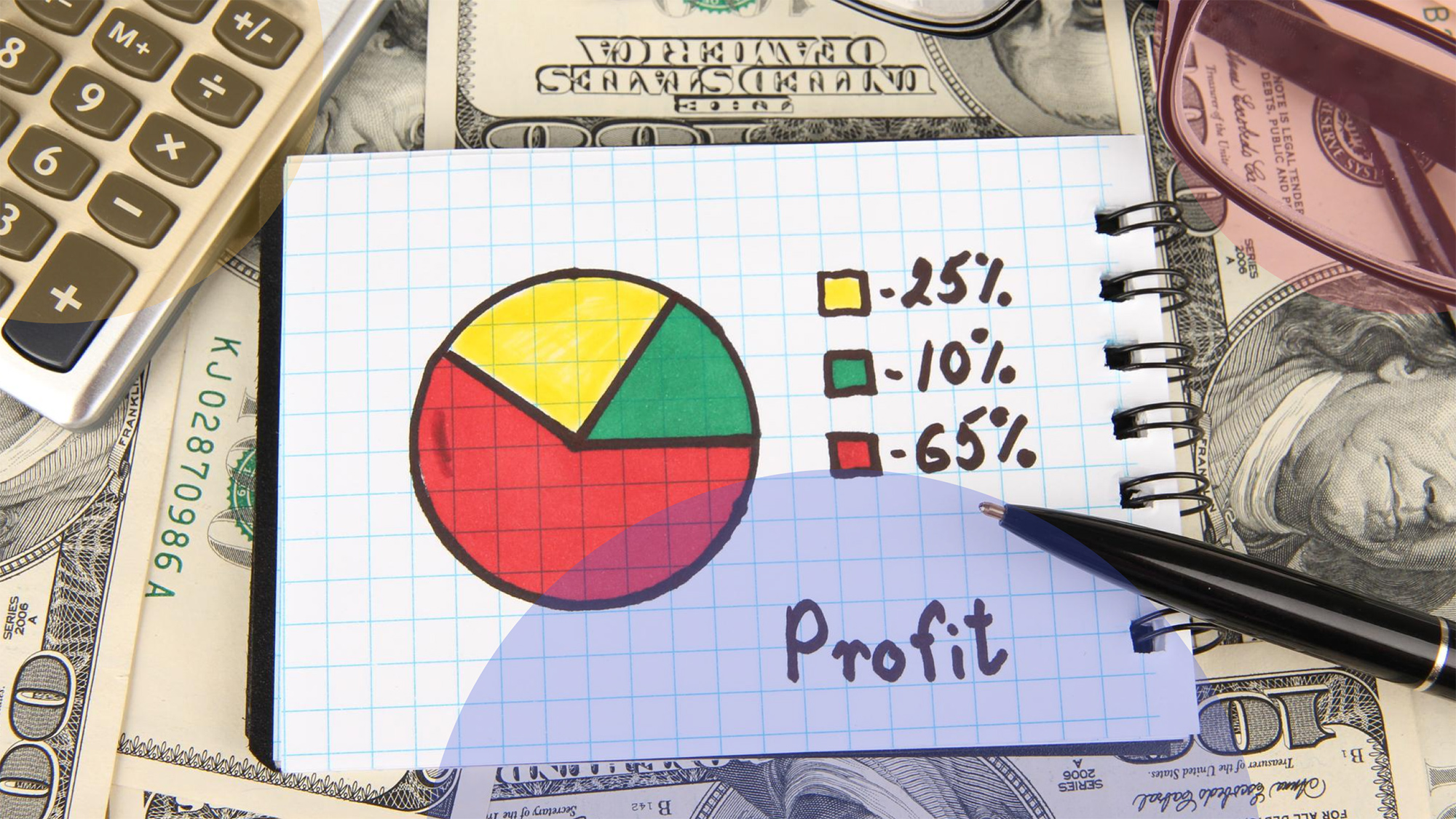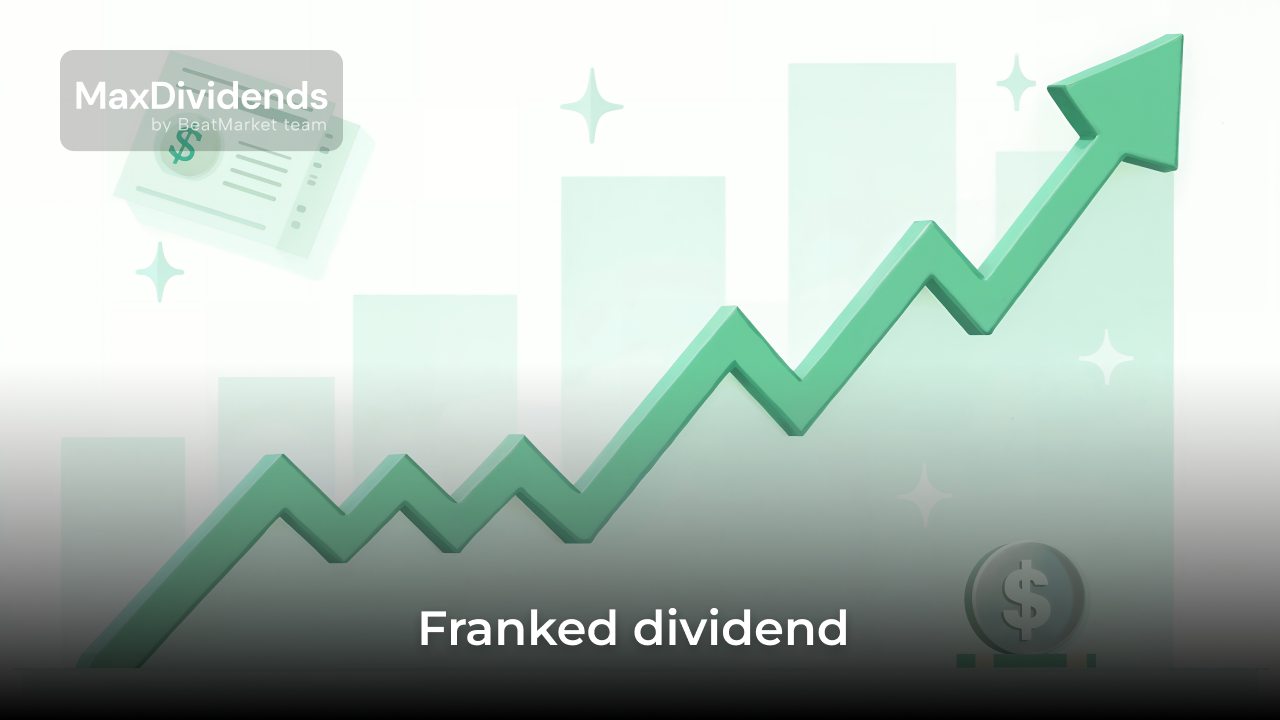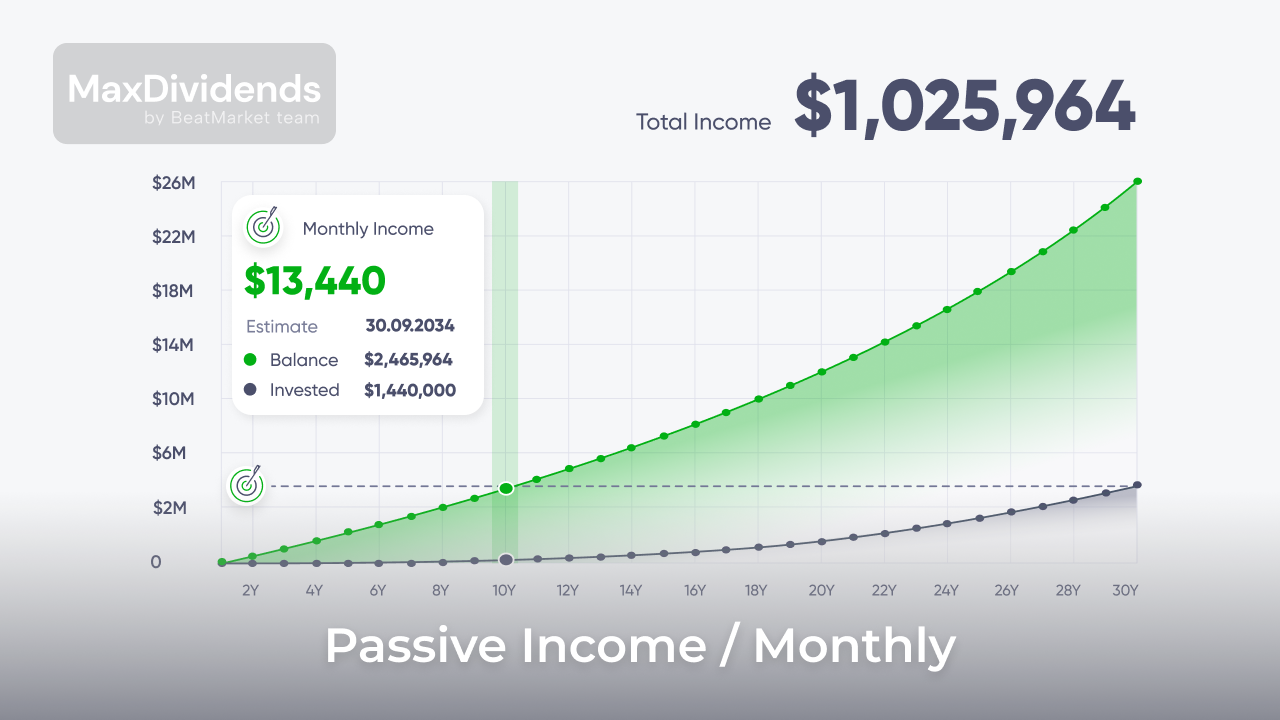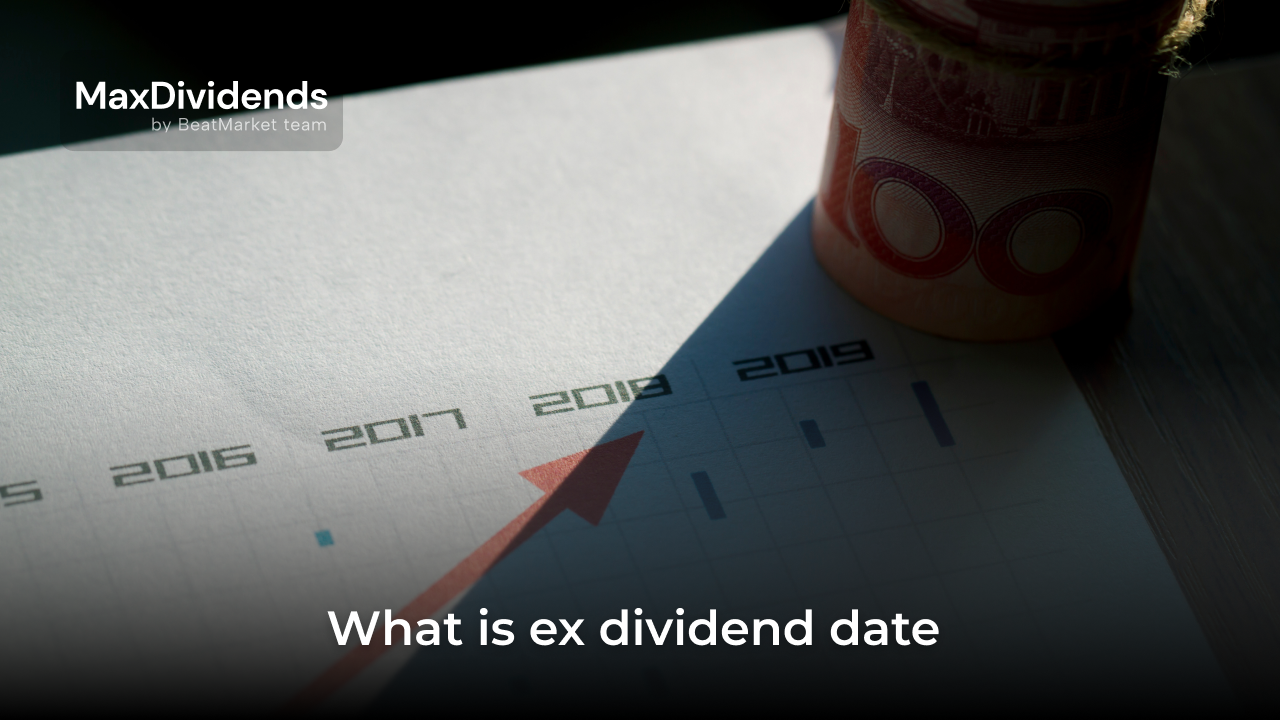Virtually all profits that a person makes through investments are taxable. There are rare exceptions. One of them is interest on municipal bonds.
To determine whether such an investment will be profitable, the tax equivalent yield calculation will help. Here’s what is behind this concept and how to make the calculations.
Table of Contents
What Is the Tax-Equivalent Yield?
Tax Equivalent Yield is the return a security must produce before paying tax in order for the investor’s final return to be at least as good as a tax-exempt asset would produce.
The term is usually used when choosing between federal and municipal bonds. In this case, securities with similar characteristics should be compared.
Definitions
To understand what is tax equivalent yield, you need to know the following definitions:
- The bond yield is the investor’s profit expressed as a percentage of the invested amount. A distinction is made between coupon yield, simple yield to maturity, effective yield, etc.
- Estimated taxable income is the investor’s total income after deductions and exemptions. It consists of wages, short-term capital gains, etc. Contributions to retirement accounts, etc. reduce this number. The total determines the marginal income tax rate. The estimated taxable income is reported on income tax form 1040 or 1040A.
- Federal tax filing status is another parameter that affects the marginal tax rate. To put it crudely, this is the investor’s marital status. Depending on it the amount at which the tax rate increases is determined.
Understanding Tax-Equivalent Yield
Income and capital gains tax has a significant impact on the final investment return. The better one’s financial situation, the higher one’s marginal tax rate. Which means the more it can reduce the efficiency of capital investment.
Therefore, it can sometimes be more profitable to invest money in low-yielding municipal bonds instead of choosing a seemingly more profitable instrument.
In fact, the Tax Equivalent Yield is the minimum return threshold (or minimum rate) that makes a taxable security as good an investment as tax-exempt municipal bonds.
Calculating the taxable income equivalent to tax-free yield is complicated by the fact that an investor needs to account for several types of taxes. And some municipal bonds that do not have to pay federal income taxes may be subject to local taxes.
What is the Tax Equivalent Yield Formula?
Find the tax equivalent yield by using the formula below.
The formula is presented in 2 types. The first allows you to calculate the absolute value of the required income (in US dollars). The second is the profitability in percent.
How To Calculate?
There are 2 variables in the formula to calculate the tax equivalent yield. The “tax-free income” is the profit that municipal bonds give.
The “tax rate” parameter is the sum of the rates of all taxes that the investor must pay:
- federal income tax;
- local income taxes (when the investor resides in a state that imposes such a tax or buys a municipal bond that will not be subject to the same state tax);
- net investment income tax (is 3.8%, withheld from people whose total estimated taxable income exceeds $200k for a single person or $250k for a married couple/head of household).
When the tax equivalent yield is known, the corresponding municipal bond yield can be found.
Example of Tax-Equivalent Yield
Here are some examples of how to calculate tax equivalent yield using the formula. Let us take the following assumptions as initial conditions:
- The investor’s estimated tax income and filing status qualify for a marginal tax rate of 24%. There is no state tax.
- The tax-exempt bond has a yield of 4%.
- A security with taxable income could yield an annualized return of 6.5%.
Let’s calculate which asset will be more favorable for the investor:
- With a tax-free yield of 4% and a marginal tax rate of 24%, the municipal bond tax equivalent yield would be 5.26% (0.04/(1 – 0.24)).
- The taxable asset yields 6.5%, which is higher than 5.26%.
- From an income perspective, it is more favorable to invest in the taxable security.
To provide another example, let’s take an investor whose total tax rate will be 40%. In this case, his tax equivalent yield would be 6.67% (0.04/(1 – 0.4)). In this case, it is more favorable for him to invest in a tax-exempt bond.
A similar calculation can be done for absolute values. Suppose there is a tax-exempt asset that will yield a return of $1000. At a rate of 40%, taxable securities should yield $1,666.7 (calculated as 1000/(1 – 0.4)) for the same amount invested. Then the money invested in them would be just as profitable.
The choice of assets takes into account not only the yield, but also the level of risk. Therefore, it would be incorrect to compare municipal bonds with “junk” bonds in terms of the equivalent tax yield and only on this basis make a choice in favor of the latter.
The table below calculates the tax equivalent yield for several tax-free yield levels. The calculations are based on federal tax rates. When a person chooses a municipal bond that is exempt from state income taxes, but must pay them on other investments, they need to do the calculation themselves.
| Tax rate/yield, % | 3 | 5 | 7 | 10 |
| 10 | 3,3(3) | 5,5(5) | 7,7(7) | 11,1(1) |
| 12 | 3,4 | 5,68 | 7,96 | 11,36 |
| 22 | 3,85 | 6,41 | 8,97 | 12,82 |
| 24 | 3,95 | 6,58 | 9,21 | 13,16 |
| 32 | 4,41 | 7,35 | 10,29 | 14,7 |
| 35 | 4,62 | 7,692 | 10,77 | 15,39 |
| 37 | 4,76 | 7,94 | 11,1(1) | 15,87 |
The table shows that the higher the investor’s marginal tax rate, the more favorable municipal bonds are to the investor. The above calculations are not investment advice.
For the sake of clarity, a tax equivalent yield chart is posted below, increasing as the marginal tax rate increases. It is based on a tax-free yield of 5%.
Uses
The tax equivalent yield formula is needed for investors to calculate which investment is more favorable on a net result basis. Based on this value, a decision can be made as to what is more profitable to buy:
- a municipal bond;
- an asset with a higher “dirty” yield on which profits are taxed.
When it turns out that the yield on a tax asset is lower than the tax equivalent yield on a municipal bond, it is wise to invest in the latter.
But this rule only works for a standard taxable account. When a person uses tax-advantaged plans, it may not make sense for them to use municipal bonds. For example, investment income in traditional 401(k) and IRA retirement accounts grows tax-free. It only needs to be paid when the money is withdrawn.
Tax equivalent yield calculator Excel
It is possible to make your own treasury tax equivalent yield calculator in Excel. All you need to do is to set 2 initial parameters and a formula for calculations.
| fx=B2 / (1-B1) | |
| A | B |
| Tax Rate | 40% |
| Tax free yield | 6% |
| Tax equivalent yield | 10%=B2 / (1 – B1) |
By substituting the current tax rate and changing the tax free yield parameter, you can quickly perform calculations for several bonds.
Why Are Municipal Bonds Tax free
A permanent federal income tax was introduced in the United States in 1913. From the beginning, it did not apply to profits from municipal bonds because lawmakers thought it would be unconstitutional.
The second reason for not being able to withhold federal tax from municipal bonds is their purpose. State government makes these loans to undertake projects necessary for the common good.
But not all municipal bond investments are free from federal tax. It may be withheld in the following cases:
- A particular bond issue is intended for the implementation of a project that cannot be classified as necessary for all state residents.
- The securities were purchased by the investor at a large discount.
Taxation of mutual and exchange traded funds with net assets consisting of municipal bonds is a separate issue. When an investor receives capital gains from transactions in such securities, they are subject to federal tax.
Filing Status and Federal Income Tax Rates on Taxable Income for 2023
In the US, there are 5 statuses in which a taxpayer can file a federal income tax return. But for 2 of them, the rates are completely the same. Information about the income threshold, when reached, at which the transition to a higher rate takes place, is published annually on the website of the US IRS. In 2023, the values shown in the table are in effect.
| Federal tax rate, %/Status | Single person | Family member filing separately | Family member filing with a spouse or a widowed person | Head of household |
| 10 | $0 — $11,000 | $0 — $22,000 | $0 — $15,700 | |
| 12 | $11,000 — $44,725 | $22,000 — $89,450 | $15,700 — $59,850 | |
| 22 | $44,725 — $95,375 | $89,450 — $190,750 | $59,850 — $95,350 | |
| 24 | $95,375 — $182,100 | $190,750 — $364,200 | $95,350 — $182,100 | |
| 32 | $182,100 — $231,250 | $364,200 — $462,500 | $182,100 — $231,250 | |
| 35 | $231,250 — $578,125 | $231,251 — $346,875 | $462,500 — $693,750 | $231,250 — $578,100 |
| 37 | from $578,125 | from $346,876 | from $693,750 | from $578,100 |
This tax scale is progressive. That is, a single person with an income of $30,000 will pay $1,100 in taxes plus 12% of the amount over $11,000, totalling $3380.
When determining the amount to be paid, the alternative minimum tax must be kept in mind. People with high wealth should calculate their tax twice – according to the standard scheme and the AMT system. A larger amount will have to be paid to the budget.
The Bottom Line: Key Takeaways
The main ideas of the article can be summarized into a few key points:
- The tax equivalent yield is the rate of return at which investing in a taxable bond is as profitable as investing in a tax-exempt bond. That is, the investor is left with the same amount of income after tax as a tax-free security.
- The formula for calculating the tax equivalent yield is simple, and the investor can make the necessary calculations on their own in Excel.
- The calculations must take into account not only federal, but also municipal taxes and the tax on net investment income.
- When choosing securities, remember that not all municipal bonds are free of federal taxes.
The tax consequences of investing are a tricky issue. The formula for calculating the tax equivalent yield is simple. But finding the right marginal tax rate can be difficult. The estimated taxable income at which the rate rises changes every 12 months.
When income is close to the marginal rates, it is possible for an investor to fit into one tax category in one year and then into another in the next. Taking this into account in advance is problematic. In addition, a person may find that they must switch from the standard tax system to the federal alternative minimum tax.
FAQ
How do you calculate the tax-equivalent yield?
The tax equivalent yield is calculated using the formula:
tax-free yield/(1 – the investor’s marginal tax rate).
The calculations can be done using an Excel table or an online service offering a tax equivalent yield calculator.
What is an example of equivalent yield?
For example, a person pays taxes at a maximum combined rate of 32% (federal plus state tax). He/she has the option of making a fully tax-free investment at 4%. In this case, the tax equivalent yield would be 0.04/(1 – 0.32), which is 5.88%. Therefore, any taxable investment that yields a return higher than 5.88% will be a better investment for that person.
What is the gross equivalent yield?
Gross tax equivalent yield is the amount a taxable security yields before tax payments are deducted.
H3 What is the tax exempt equivalent yield on a 9% bond yield given a marginal tax rate of 28%?
To find the tax free equivalent yield corresponding to the profitability of the taxable bond, the formula must be modified. It takes the form:
yield x (1 – marginal tax rate of the investor)
With the parameters given in the problem condition, the tax free equivalent yield will be 0.09 x (1 – 0.28), which equals 6.48%. That is, any tax free investment that yields more than 6.48% will be more favorable.






